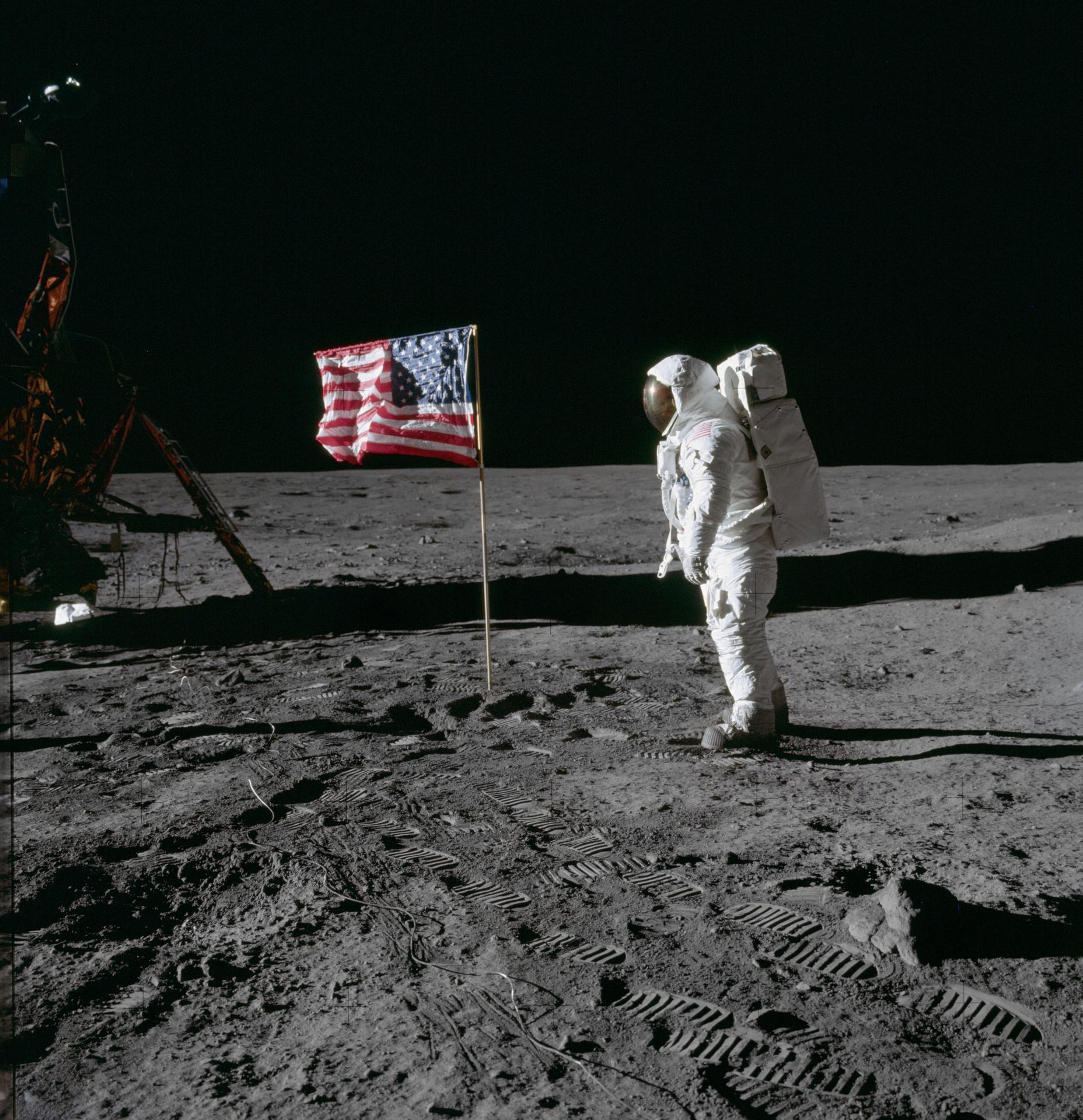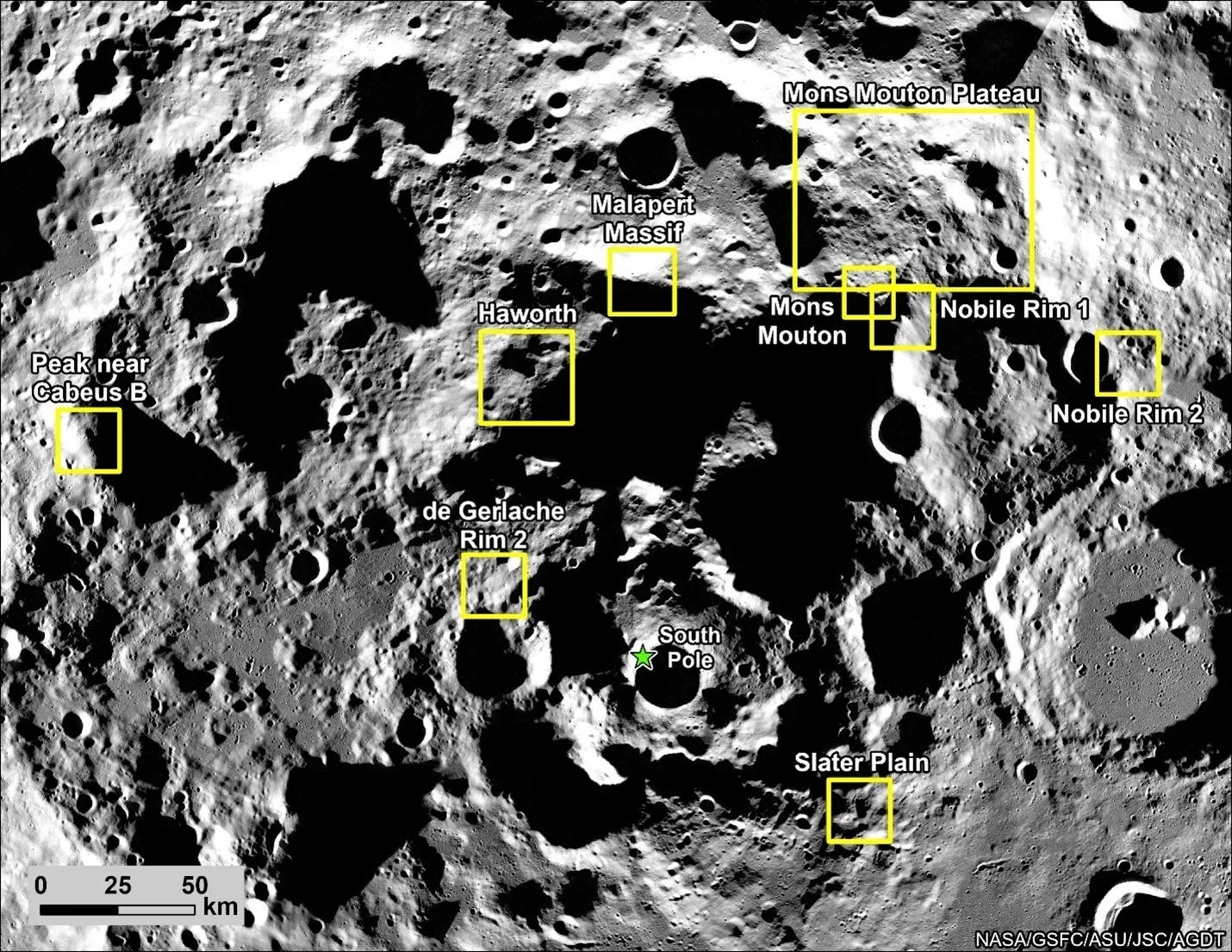One small step for a return: NASA selects possible sites for humans to land on the moon again
Artemis III will put astronauts on the moon for the first time in 50 years, including the first woman and person of color
NASA has selected several lunar sites where astronauts could once again land on the moon.
The agency is set to send humans back to the moon during its Artemis III mission, which won’t happen until at least September 2026. It will be the first time humans have walked on the lunar surface in 50 years.
“Artemis will return humanity to the moon and visit unexplored areas. NASA’s selection of these regions shows our commitment to landing crew safely near the lunar South Pole, where they will help uncover new scientific discoveries and learn to live on the lunar surface,” Lakiesha Hawkins, the Moon to Mars Program’s assistant deputy associate administrator, said in a statement.
NASA has selected nine possible lunar landing regions for this mission, all near the lunar South Pole. Its engineers and scientists analyzed the lunar South Pole using data from the Lunar Reconnaissance Orbiter and other research.

Those areas include Slater Plain, Nobile Rims 1 and 2, Mons Mouton, de Gerlache Rim 2, Mons Mouton Plateau, Malapert Massif, Haworth and the peak near Cabeus B.
The regions provide flexibility for their mission availability, and will be further investigated through scientific and engineering study.
The regions were also assessed for their science value, and each site has the potential to shed new light on the history of our solar system and rocky planets.
The lunar South Pole has never been explored by astronauts and is home to permanently shadowed areas that can preserve resources such as water.

“The Moon’s South Pole is a completely different environment than where we landed during the Apollo missions,” Sarah Noble, the Artemis lunar science lead at NASA headquarters, said. “It offers access to some of the Moon’s oldest terrain, as well as cold, shadowed regions that may contain water and other compounds. Any of these landing regions will enable us to do amazing science and make new discoveries.”
NASA will pick sites for Artemis III after it identifies the mission’s target launch dates, which determine aspects such as spacecraft trajectories, orbital paths and surface environment conditions.
Soon, the agency will build geologic maps for the sites and continue to look for additional mission areas after the Artemis III flight, including for the planned Artemis IV and Artemis V missions.
Join our commenting forum
Join thought-provoking conversations, follow other Independent readers and see their replies
Comments
Bookmark popover
Removed from bookmarks